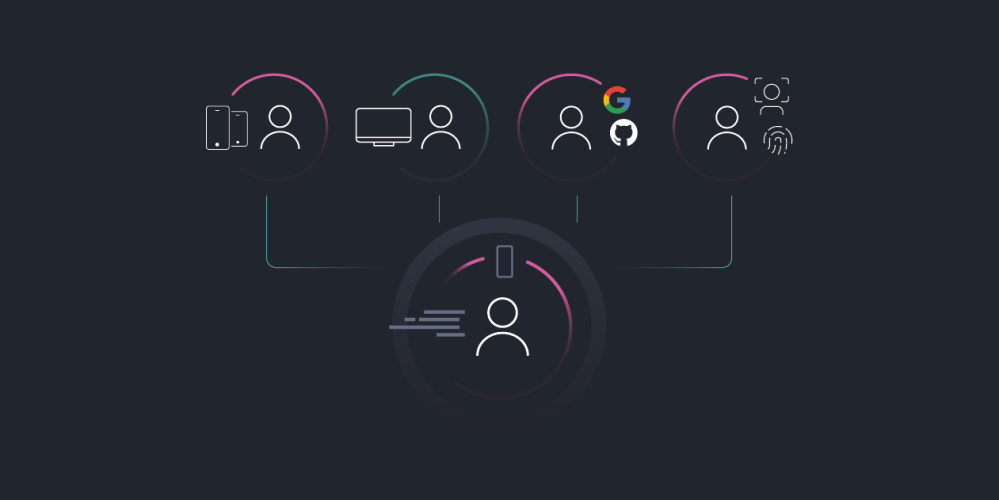
Three Ways to Leverage a Common Identity Platform
Untangling the Web of Identity and Managing Complexity
Companies that create exceptional customer experiences set themselves apart from their competitors. But to do so, engaging with customers, partners, key stakeholders, and suppliers needs to be as easy as possible. Designing these smooth experiences in the digital age often lands on the doorstep of the software and application developers, the security specialists, and ultimately, the identity and access pros.
As CCO at Curity, I regularly talk with large businesses struggling to meet customer experience demands. Complex modern companies must provide access to many digital services across various devices, and it's a tough job. We recently surveyed our customer base and found that the most typical role for the identity team is to provide a Common Identity Platform to the organization. Almost 70% of those surveyed stated that providing a way to integrate consistent authentication experiences into the myriad of digital services across the business provided massive value to the organization.
But it's not just about the customer experience. It's also important to empower each team to develop secure digital services across the organization. These application development teams are likely not identity specialists and don't possess deep knowledge of the identity, access, and authentication specifics.
A lot of our customers need to provide API access and management services to globally distributed teams. One case involved up to 18 teams in different countries, and in another, over 30 different teams of API developers. By providing identity management services centrally, the organization benefits from consistency and significantly mitigates security risks.
Here are three ways a Common Identity Platform can support a business in building those consistent and customer-focused experiences:
1. Provide Consistent and Secure Authentication Experiences
Customer experience is an essential driver for online business. It can be your competitive edge, helping establish brand loyalty. If customer experience is poor, you risk losing customers, tarnishing your image, and missing out on potential business. Inconsistent, slow, or convoluted functions will cause customers to leave in droves. As a consumer, if you can't access your streaming service when your favorite sporting competition is on, you're going to be frustrated. The authentication mechanism and speed of access must be smooth, consistent, and trusted by your customers. A Common Identity Platform provides the experience customers expect, driving significant value.
2. Developer-friendly Identity and Access Management
Building a Common Identity Platform for your developers means they can easily integrate and deploy Identity and Access Management (IAM) solutions across digital services, clients, and devices in a flexible, scalable, and secure way. This allows critical identity policies to be managed centrally. App developers can then ensure consistent authentication and access performance without reinventing the identity standards wheel. Developers can be reassured that the identity solutions within their applications meet a very high level of compliance.
3. Leverage Existing Investment
Any large organization is likely to have several legacy IAM systems in place. Whether acquired through mergers and acquisitions or just through organic growth over time, these systems can be a milestone for modern business. Key personnel may have moved on, or the 'built in-house' project became harder to maintain. The shift to APIs as a primary way to connect applications also requires new ways to manage access to data and information, further evolving IAM solutions.
Increased data regulation in many parts of the world also means systems must meet a wide range of compliance and security standards. A Common Identity Platform can replace or complement legacy IAM solutions and still utilize certain parts, for the short or long term, while these continue to be in use. It could also act as an identity broker, making it straightforward to develop and use a standard set of APIs, even when utilizing multiple identity providers. This will provide the flexibility, scalability, and reusability required to comply with regulations and maximize existing investments.
The Business Value of a Common Identity Platform
Don't underestimate the business impact of creating a Common Identity platform. It is a critical component of delivering consistent, secure authentication experiences for end-users. A Common Identity platform also empowers your dev teams to deliver reliable and consistent access control across your digital platforms. This makes applications easier to use, safer, and quicker to deploy.
Head over to our Common Identity Platform solution page to explore more.




